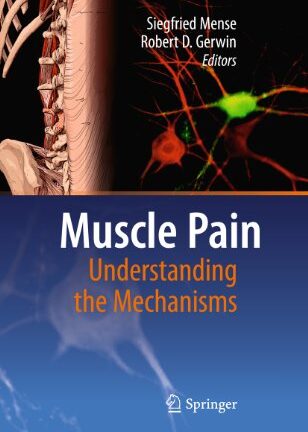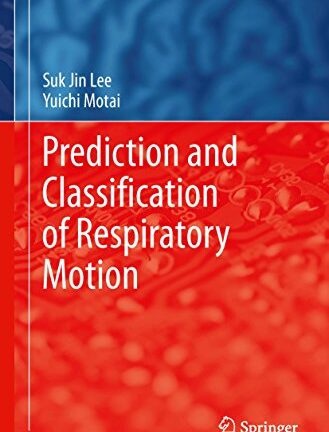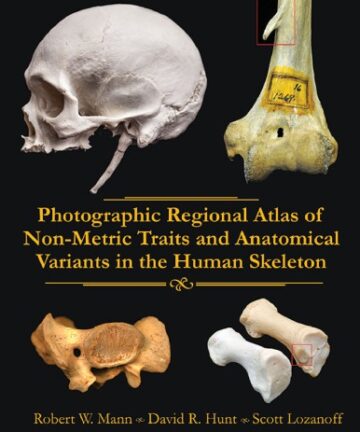Description
With the intention of improving the rate, quality, and stability of orthodontic tooth movement, those in the field are now moving toward accomplishing this ‘acceleration’ with minimally or non-invasive methods. New procedures have been widely tested in humans, animal models, and in vitro. While interest is growing both in the industry and at the clinical level, the understanding of the biology is limited. Considering that a simple increase in force will result in tooth morbidity and arrest of the tooth migration, a multi-disciplinary approach is critical for success.






Reviews
There are no reviews yet.